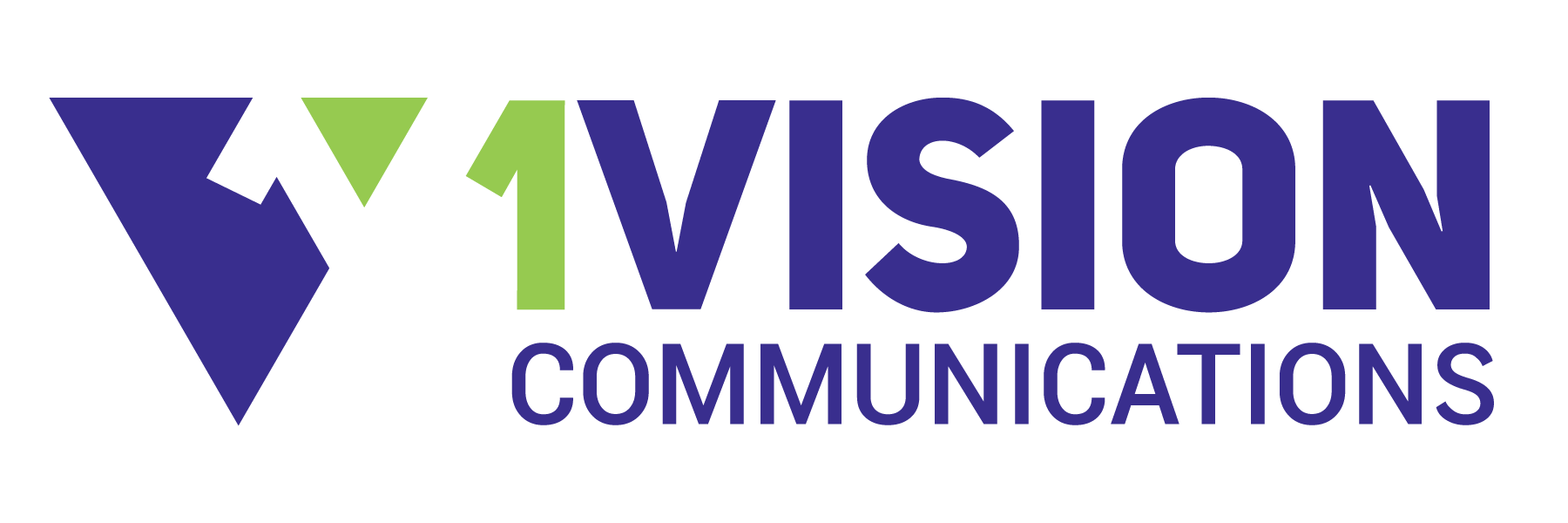8 Donor Communication Non-Negotiables
We’ve had the privilege of working with some of the best nonprofit clients an agency could hope for. Over 38 years, 1Vision has partnered with about 100 nonprofits worldwide, helping to raise billions (with a B) for their missions. I’m not sharing this to brag, but to underline that we know our stuff. Decades of experience validates these key principles for improving donor relations and communications:
1. Showcase Impact Clearly
Communicating the tangible outcomes of donor contributions is critical to your nonprofit’s success. It's not just about compelling images—it’s the words, the website, and all your materials working together. Invest in storytelling that resonates emotionally with donors and shows the difference their support makes. Don’t skimp—get professional help, if needed.
2. Personalize Communication
Tailor messages to your donors’ interests, preferences, and giving history. Personalized communication builds stronger connections. Do it right, every time.
3. Be Transparent and Accountable
Clearly show where donations go and the impact they create. Financial transparency and program accountability build trust and credibility.
4. Create Cohesive Materials
Ensure your materials look and sound like they’re from the same source. A unified message helps donors understand your mission and programs better. Use multiple channels—email, social media, direct mail, SMS, ads, and events—to meet donors where they are.
5. Master Donor Appreciation
Not every donor wants their name on a building. Understand and record their preferences and express gratitude in meaningful ways, whether through personalized thank-you notes, donor spotlights, or exclusive events.
6. Build Long-Term Relationships
Go beyond the initial gift. Keep donors and volunteers engaged with regular updates, progress reports, and new ways to get involved.
7. Ask for Legacy and Planned Gifts
If you don’t ask, you don’t receive. Promote legacy and planned giving options like bequests, endowments, or charitable gift annuities. Work with lawyers and financial planners to make it easy for donors to leave a lasting impact.
8. Track and Report Donor Engagement
Count what matters. Use tools to track engagement metrics—open rates, click-throughs, event participation—and adjust your strategies accordingly. Monitor donations and key donor trends for ongoing improvement.
These principles apply whether your nonprofit is 100 days or 100 years old. By focusing on these strategies, you can deepen donor relationships, inspire continued support, and sustain your mission for the long haul.



